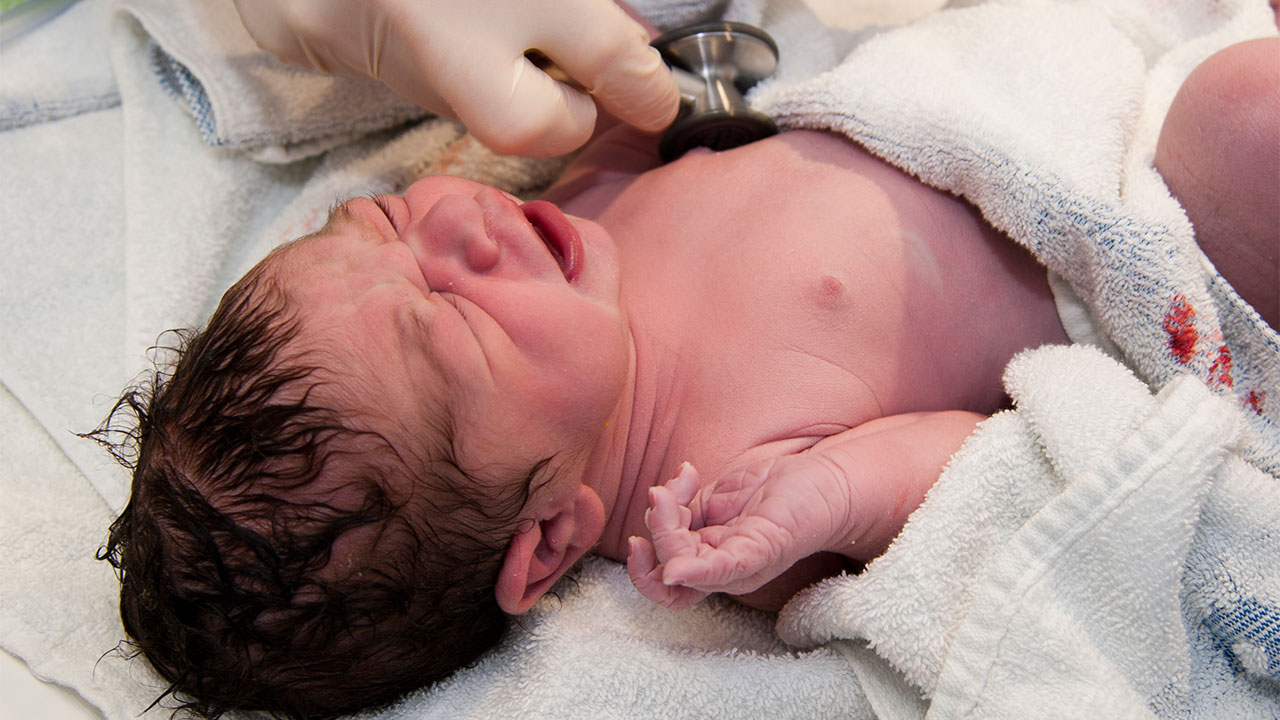
The Miracle of Birth: A Comprehensive Guide to Childbirth
Introduction
The birth of a child is a transformative experience that marks the beginning of a new chapter in the lives of parents and families. It is a complex and multifaceted process that involves both physical and emotional changes. This comprehensive guide will delve into the various stages of childbirth, providing an in-depth understanding of the physiological and psychological aspects of this extraordinary event.
Stages of Childbirth
Childbirth is typically divided into three distinct stages:
1. Labor
Labor is the initial stage of childbirth and begins with the onset of regular uterine contractions. These contractions gradually increase in intensity and frequency, causing the cervix to dilate (open) to allow the baby to pass through. Labor can be divided into three phases:
- Early Labor: Characterized by mild contractions that occur every 15-20 minutes. The cervix dilates to about 3-4 centimeters.
- Active Labor: Contractions become more intense and frequent, occurring every 5-7 minutes. The cervix dilates to about 7-8 centimeters.
- Transition Labor: The most intense phase of labor, with contractions lasting up to 90 seconds and occurring every 2-3 minutes. The cervix dilates to 10 centimeters, fully opening the birth canal.
2. Delivery
Once the cervix is fully dilated, the baby begins to descend through the birth canal. The mother may experience a strong urge to push, which helps to guide the baby out. The head of the baby emerges first, followed by the shoulders and the rest of the body.
3. Placental Delivery
After the baby is born, the placenta, which has been providing nourishment to the baby throughout pregnancy, detaches from the uterine wall and is expelled from the vagina.
Physiological Changes During Childbirth
Childbirth involves significant physiological changes in the mother’s body:
- Hormonal Changes: Hormones such as oxytocin and prostaglandins play a crucial role in stimulating contractions and dilating the cervix.
- Uterine Contractions: The uterus undergoes powerful contractions that push the baby down the birth canal.
- Cervical Dilation: The cervix gradually dilates to allow the baby to pass through.
- Pelvic Floor Muscles: The muscles of the pelvic floor relax to accommodate the baby’s passage.
- Vaginal Stretching: The vagina stretches to allow the baby to be born.
Emotional Aspects of Childbirth
Childbirth is not only a physical experience but also an emotional one. Mothers may experience a range of emotions, including:
- Excitement and Anticipation: The joy and anticipation of meeting their baby.
- Fear and Anxiety: Concerns about the pain and potential complications.
- Empowerment and Control: A sense of accomplishment and control over their body.
- Vulnerability and Dependence: A need for support and guidance from medical professionals.
Pain Management During Childbirth
Pain is a common experience during childbirth, but there are various methods available to manage it:
- Natural Pain Relief: Techniques such as breathing exercises, relaxation techniques, and massage can help reduce pain.
- Pharmacological Pain Relief: Medications such as epidurals and spinal blocks can provide effective pain relief.
- Water Birth: Giving birth in a warm water environment can reduce pain and promote relaxation.
Complications of Childbirth
While most births are uncomplicated, some potential complications can occur:
- Premature Birth: Birth before 37 weeks of gestation.
- Breech Birth: When the baby is positioned with its feet or buttocks first.
- Cesarean Section: A surgical procedure to deliver the baby through an incision in the abdomen.
- Postpartum Hemorrhage: Excessive bleeding after childbirth.
- Eclampsia: A serious condition characterized by high blood pressure and seizures.
Preparing for Childbirth
Preparing for childbirth can help reduce anxiety and ensure a positive experience:
- Prenatal Care: Regular prenatal appointments with a healthcare provider are essential for monitoring the health of the mother and baby.
- Childbirth Education Classes: These classes provide information about the stages of labor, pain management techniques, and newborn care.
- Physical Exercise: Regular exercise during pregnancy can strengthen the muscles used in childbirth.
- Emotional Support: Having a supportive partner, family, or friends can provide emotional encouragement and practical assistance.
Conclusion
Childbirth is a remarkable and transformative experience that brings a new life into the world. Understanding the stages, physiological changes, and emotional aspects of childbirth can empower mothers and their support systems to navigate this journey with confidence and joy. By preparing for childbirth and seeking appropriate medical care, mothers can increase their chances of a safe and fulfilling birth experience.
